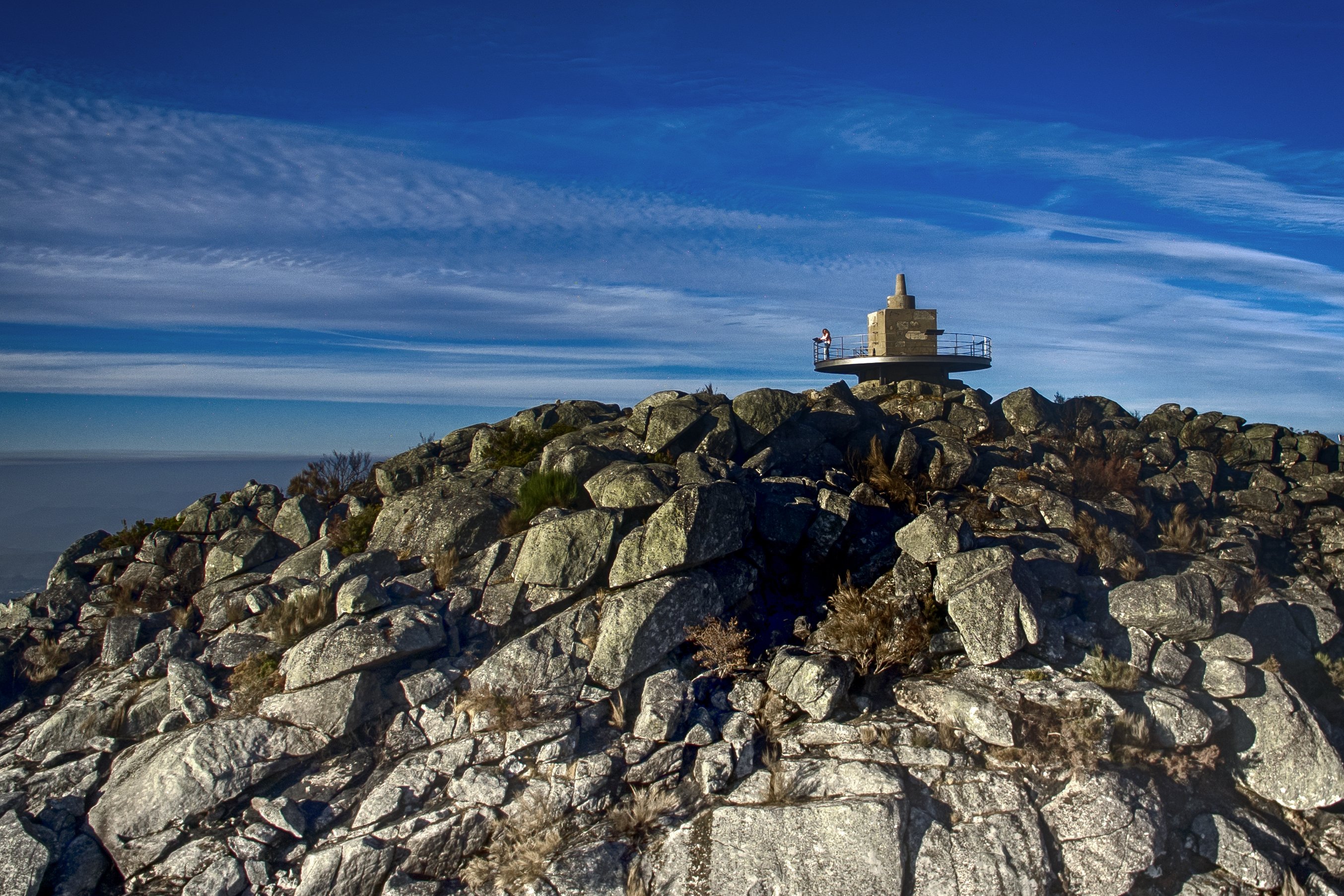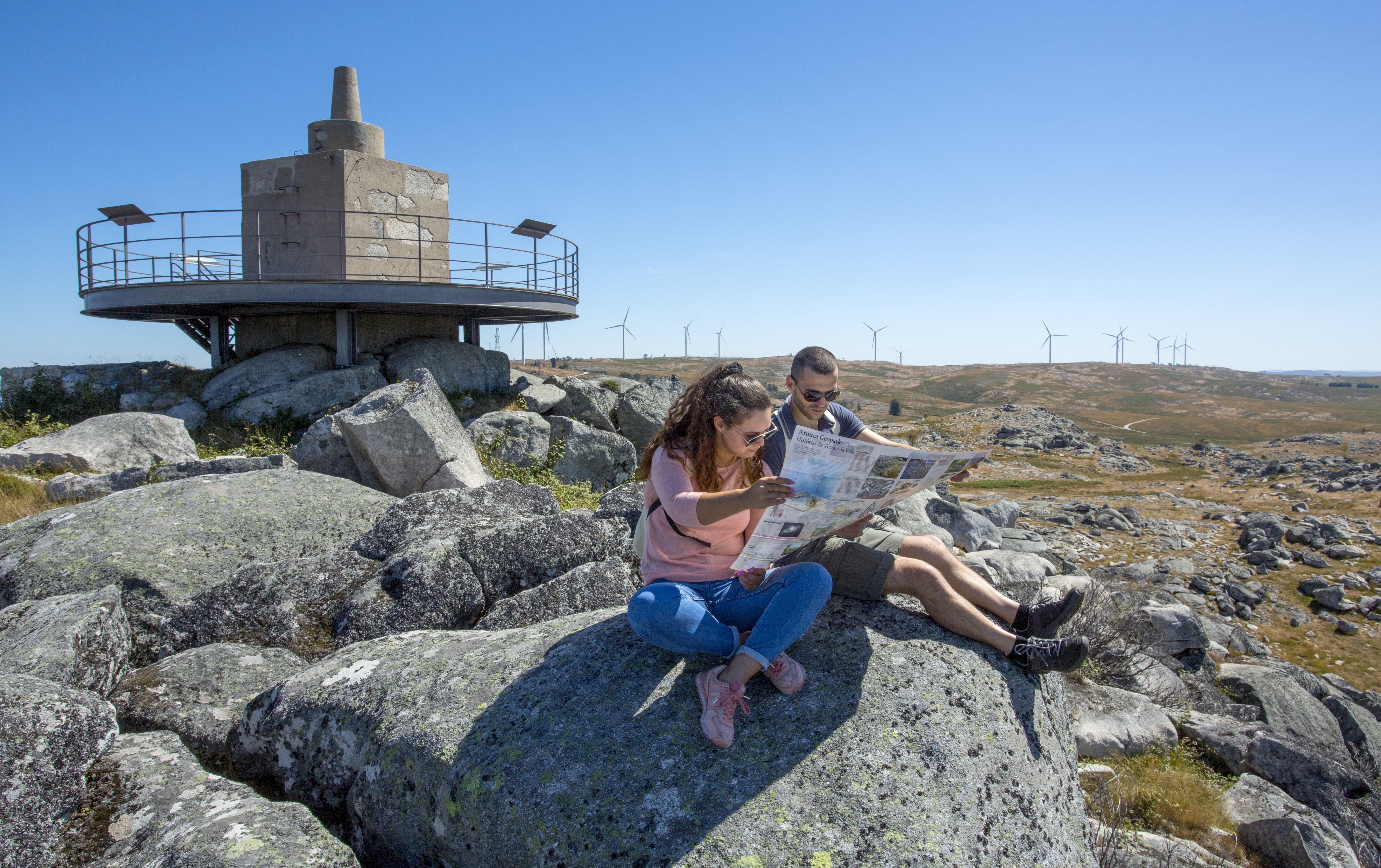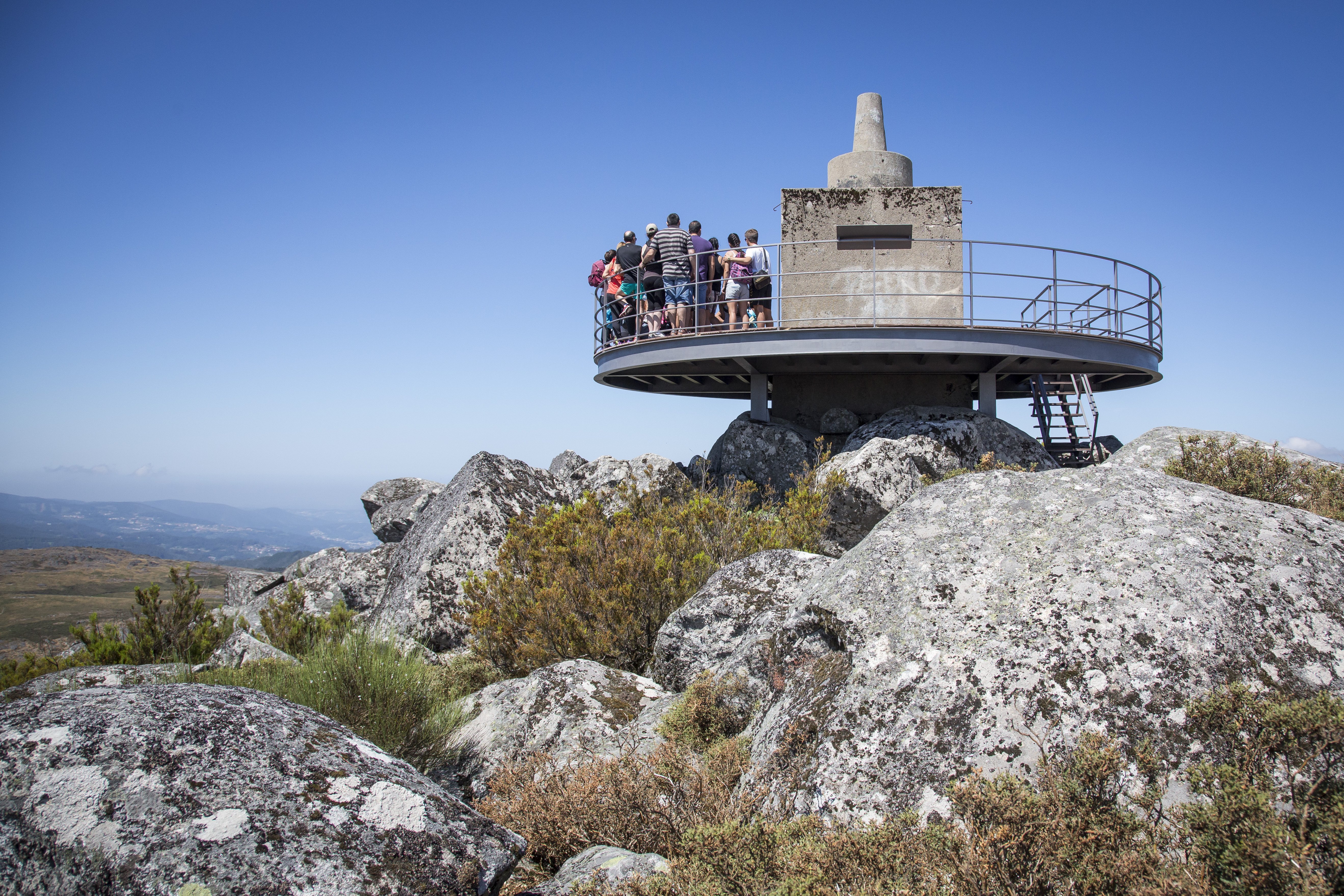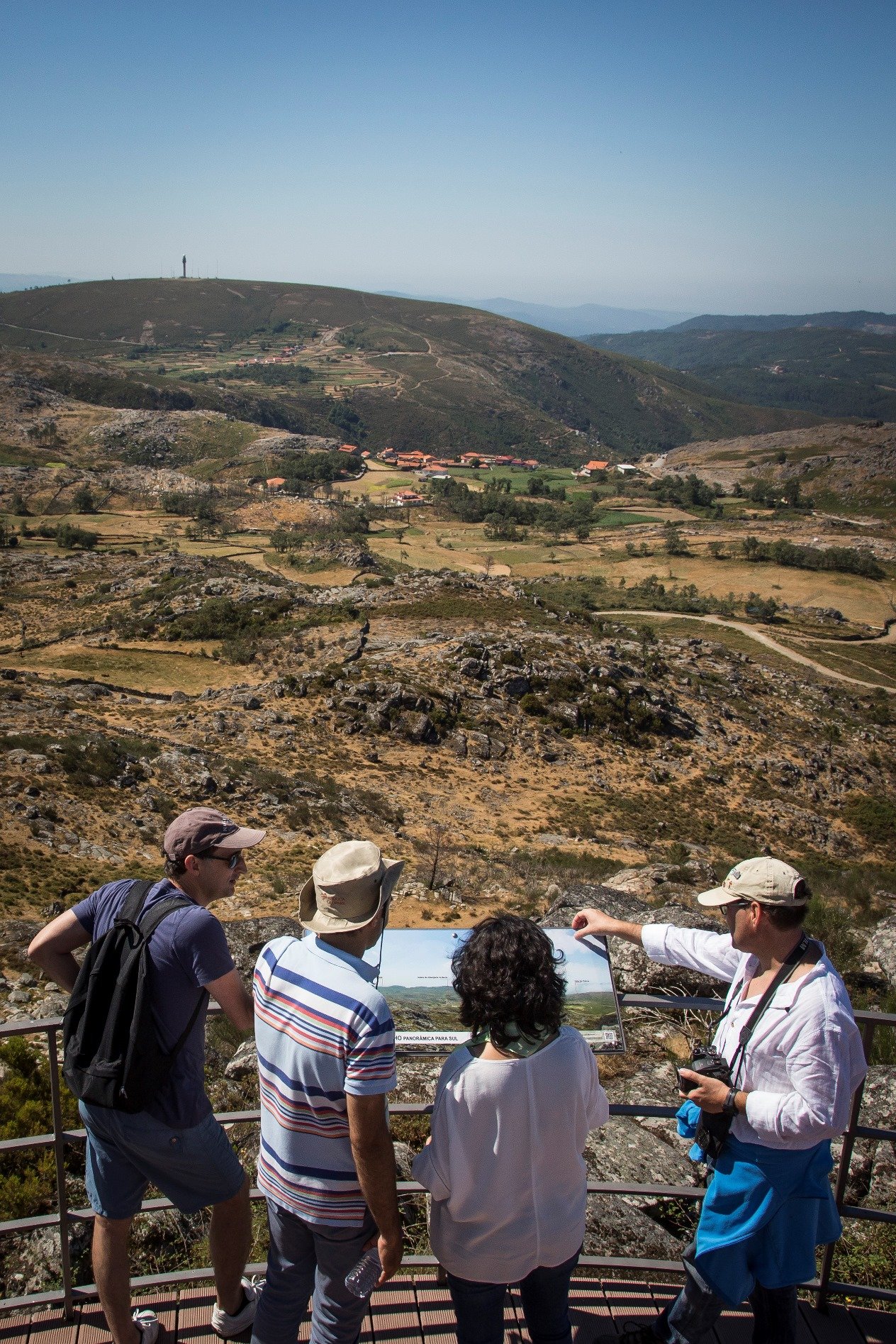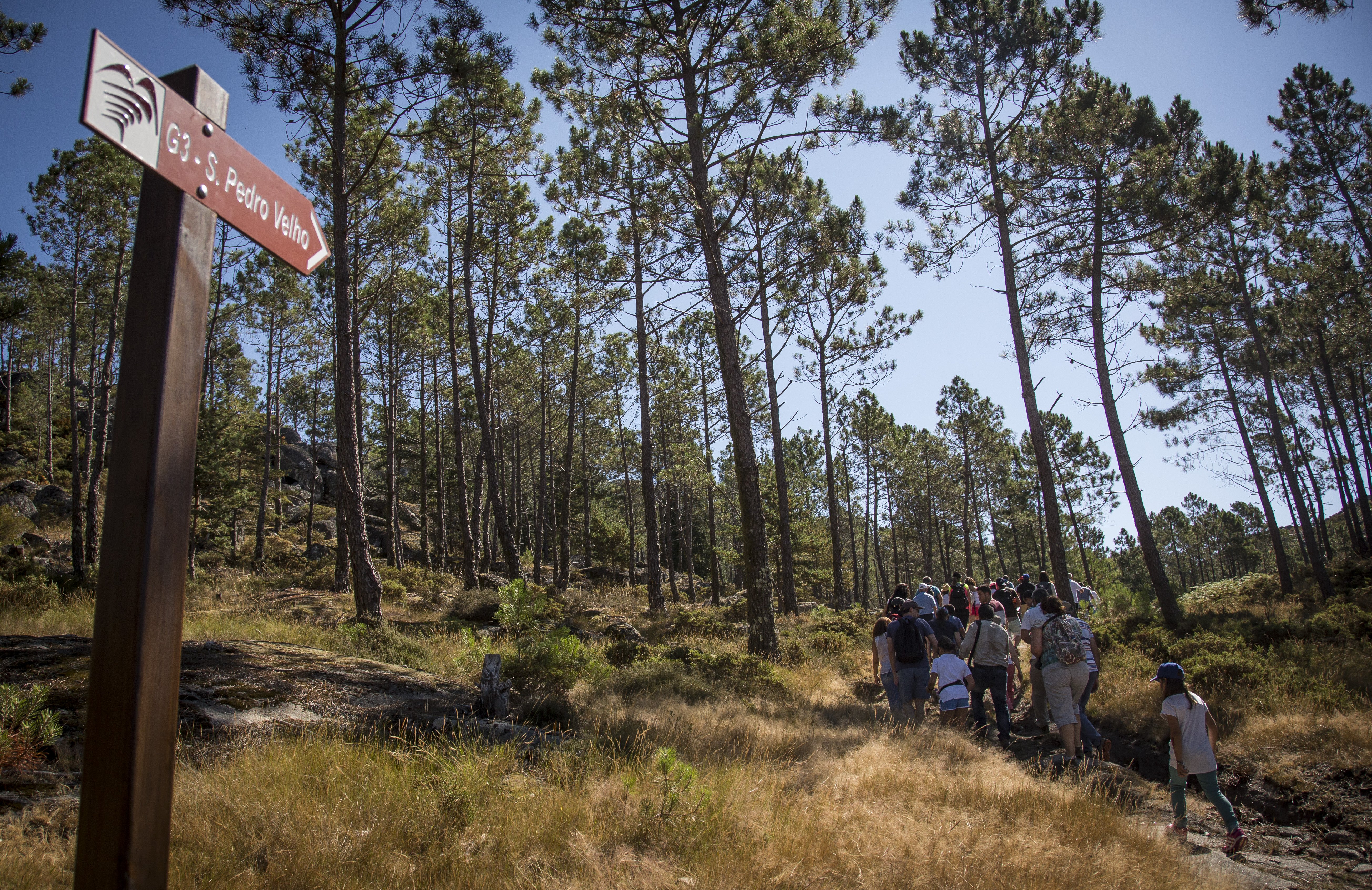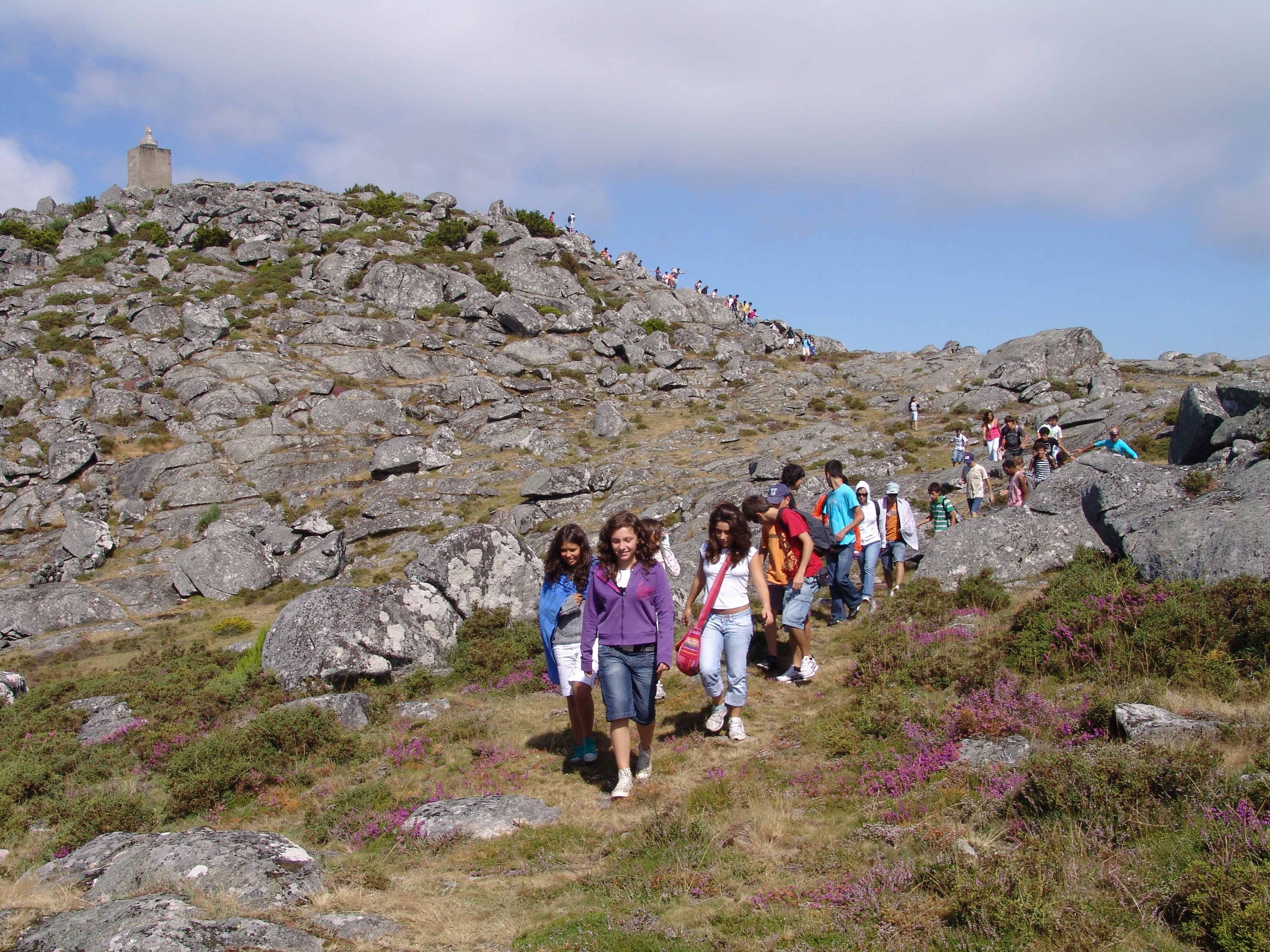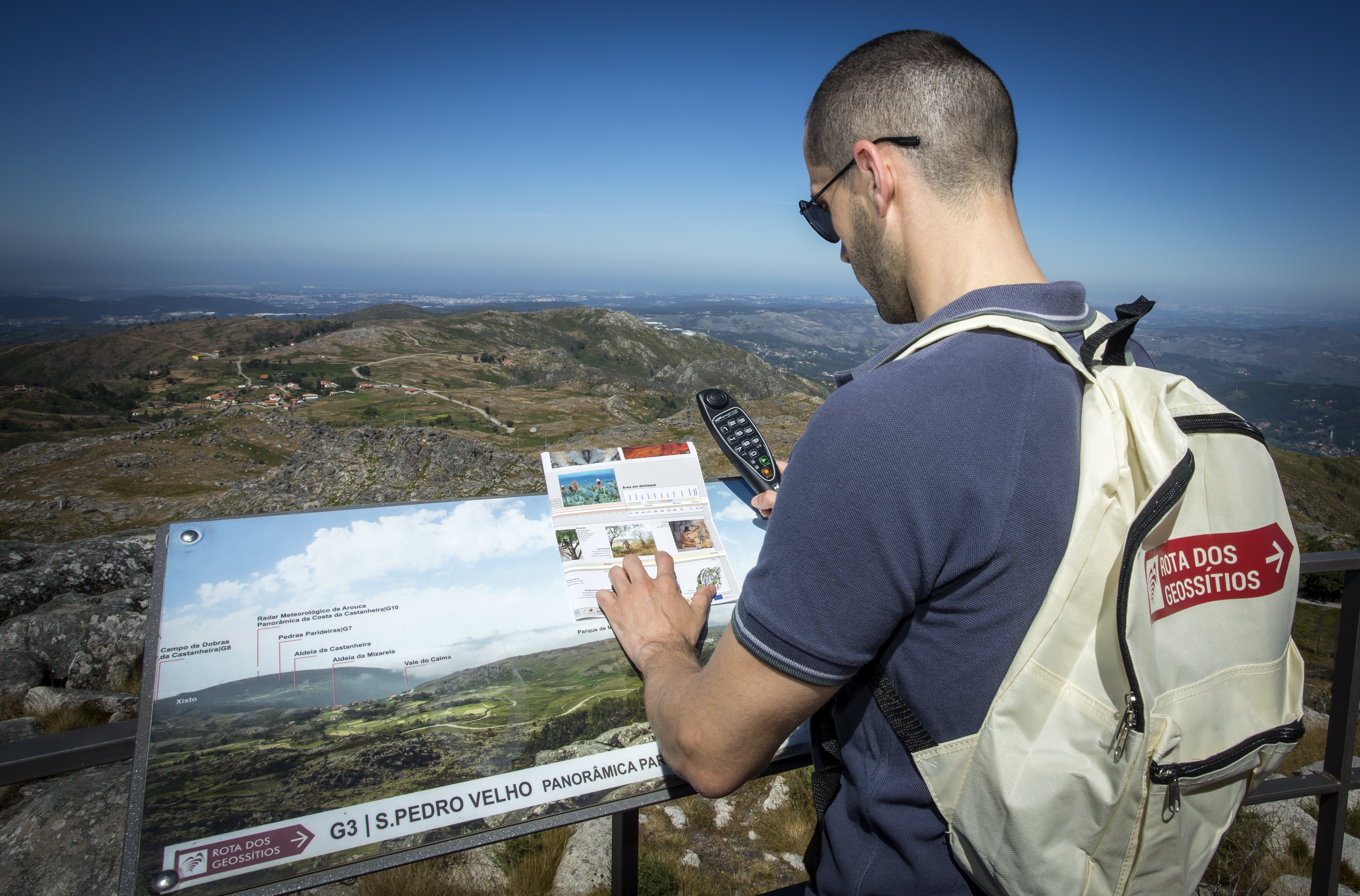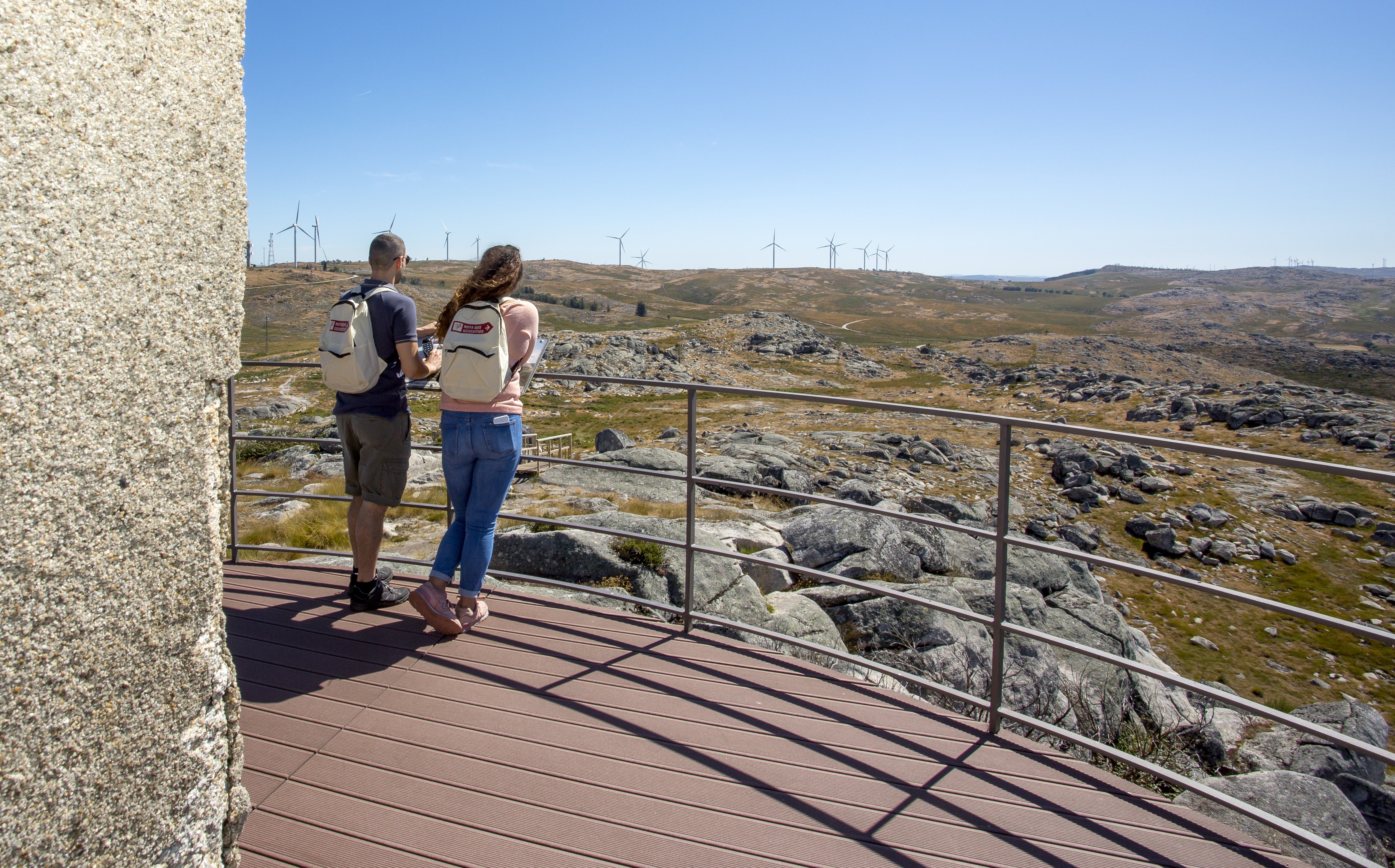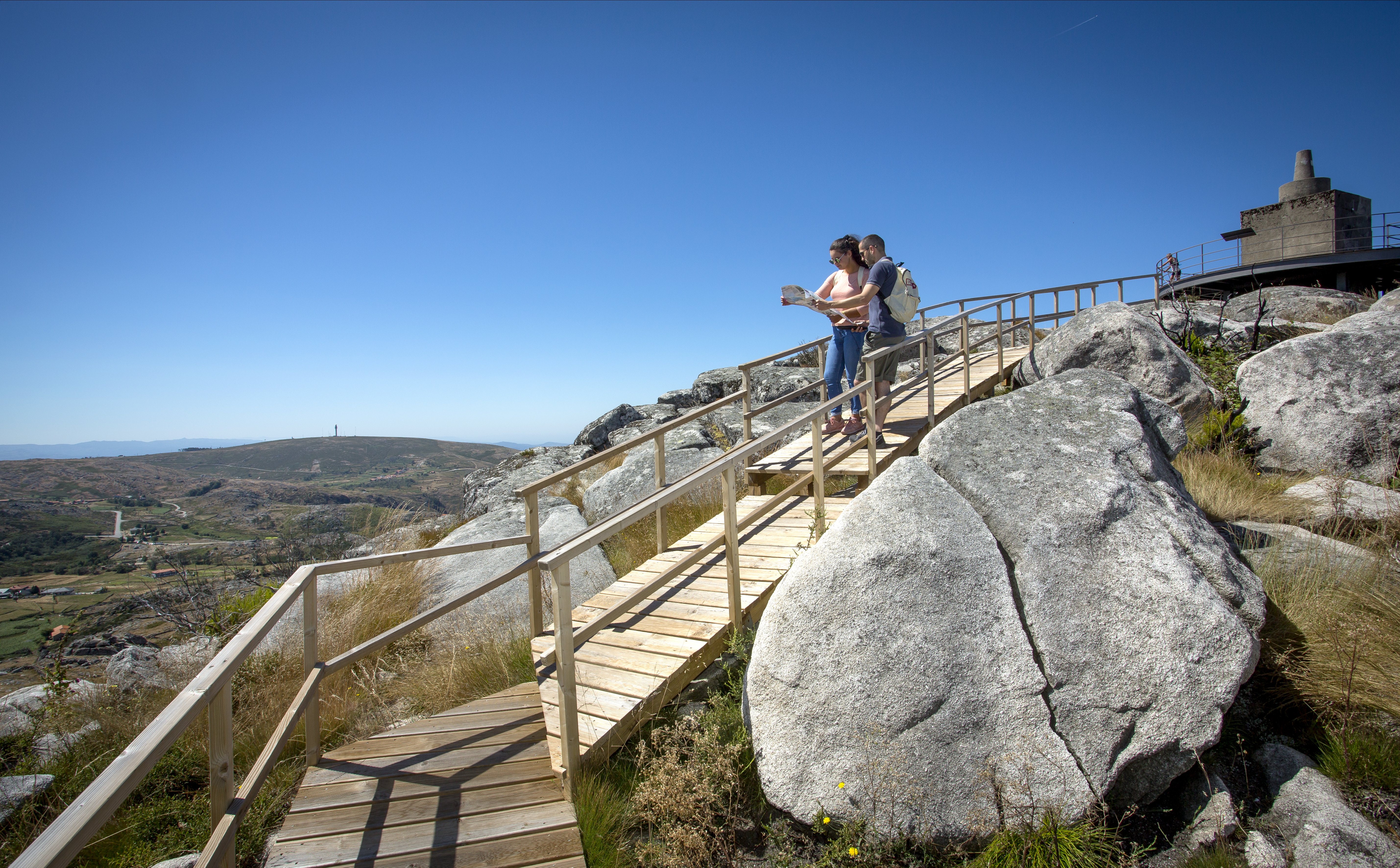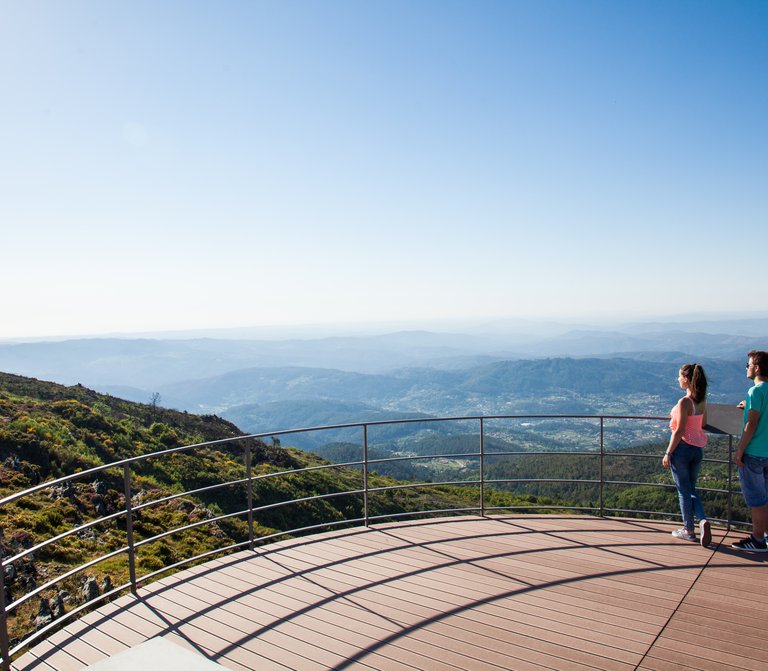
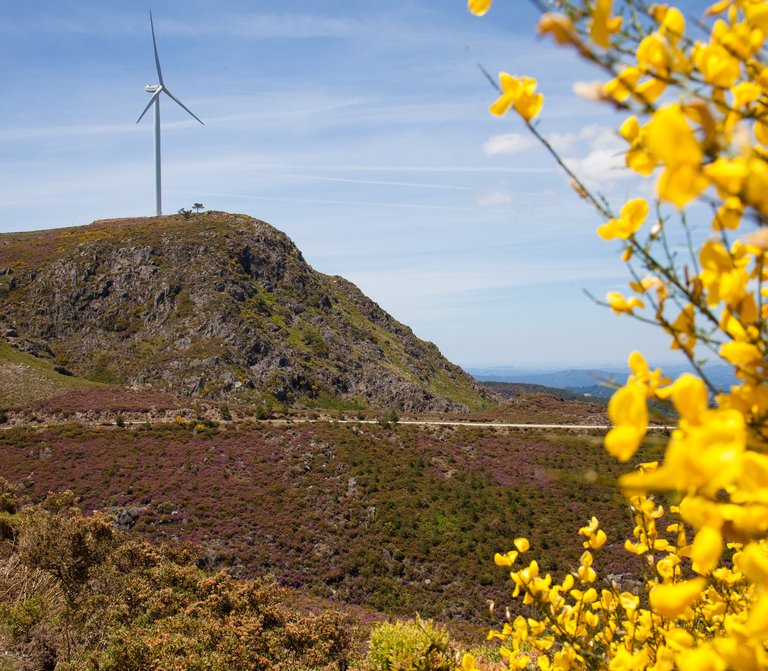
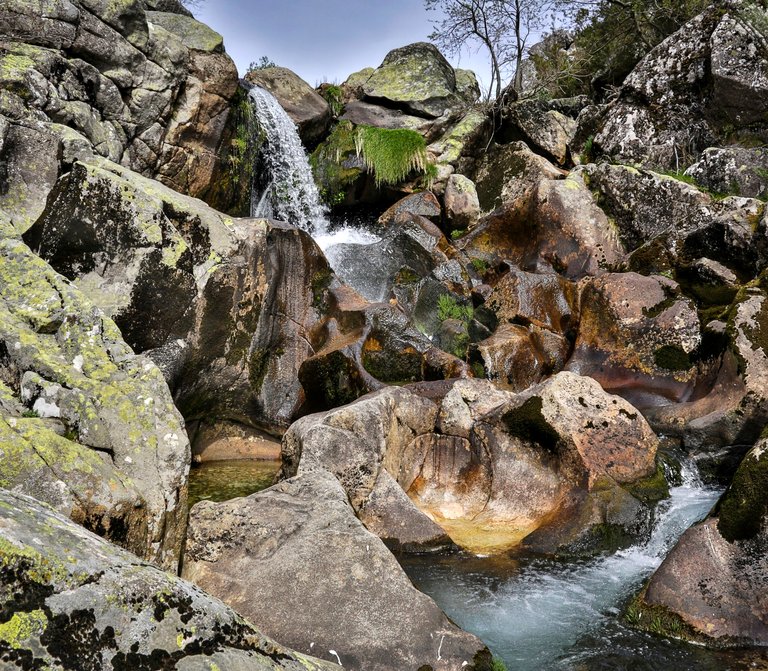

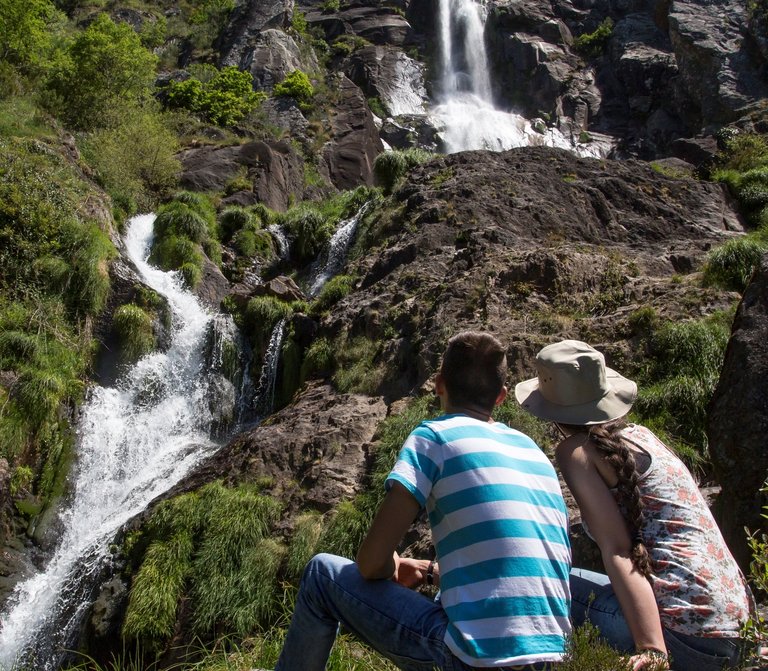
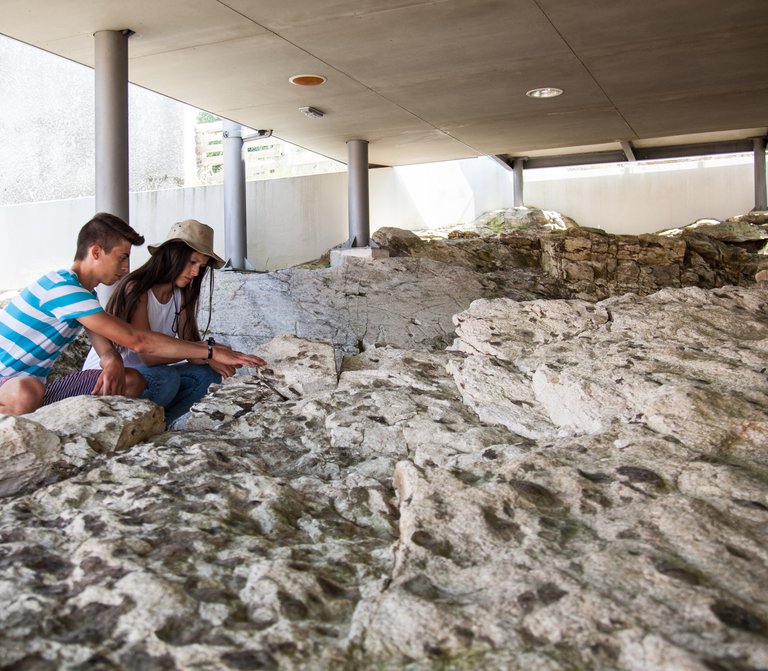
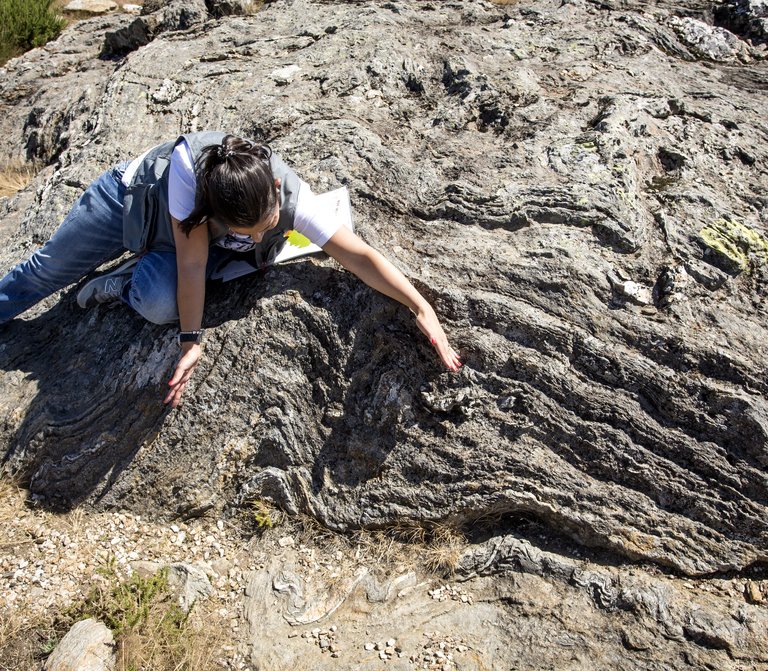
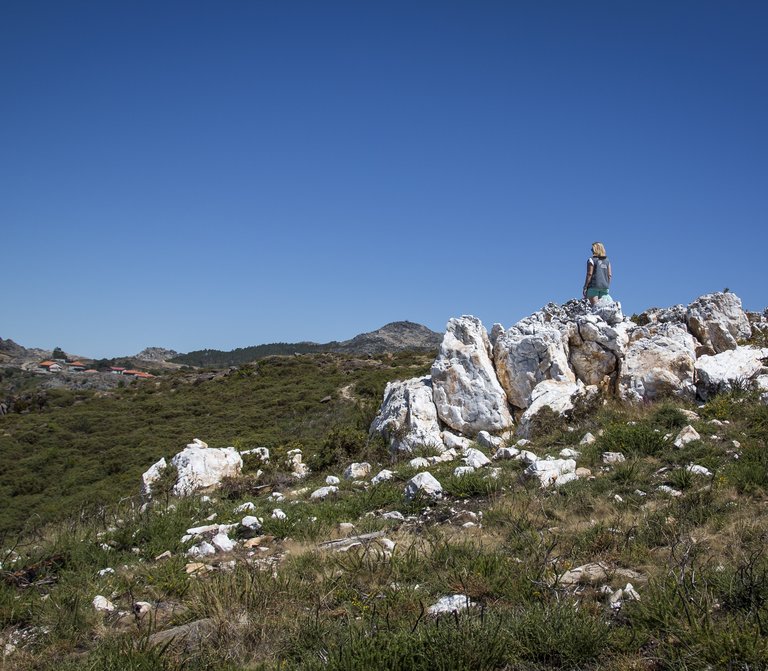
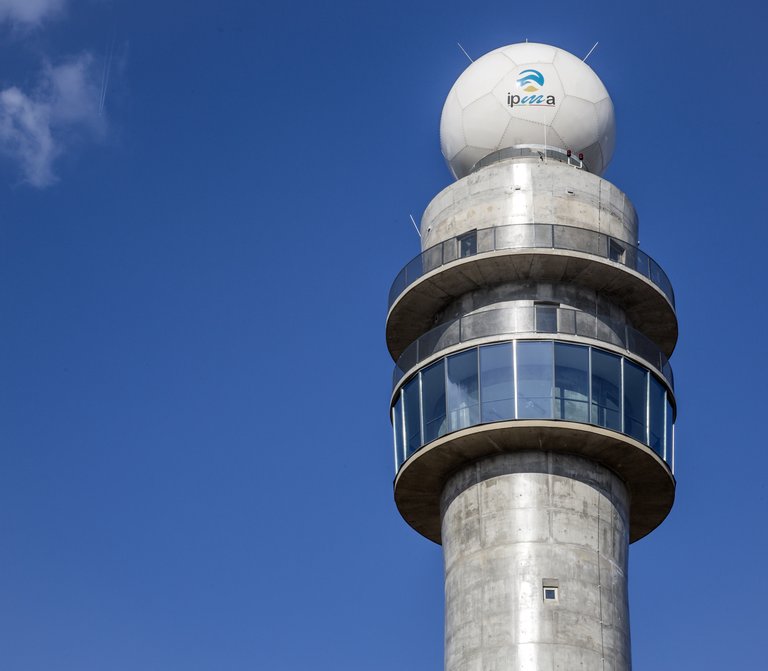
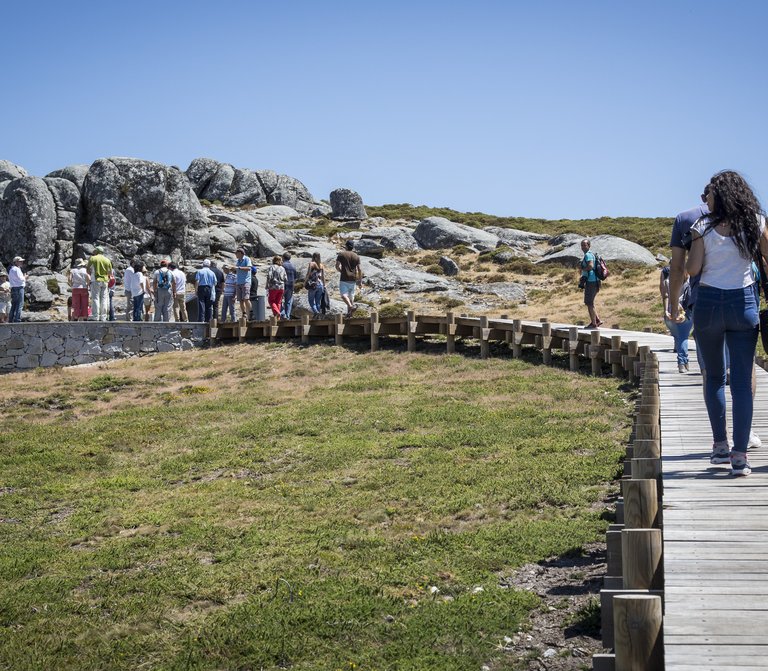
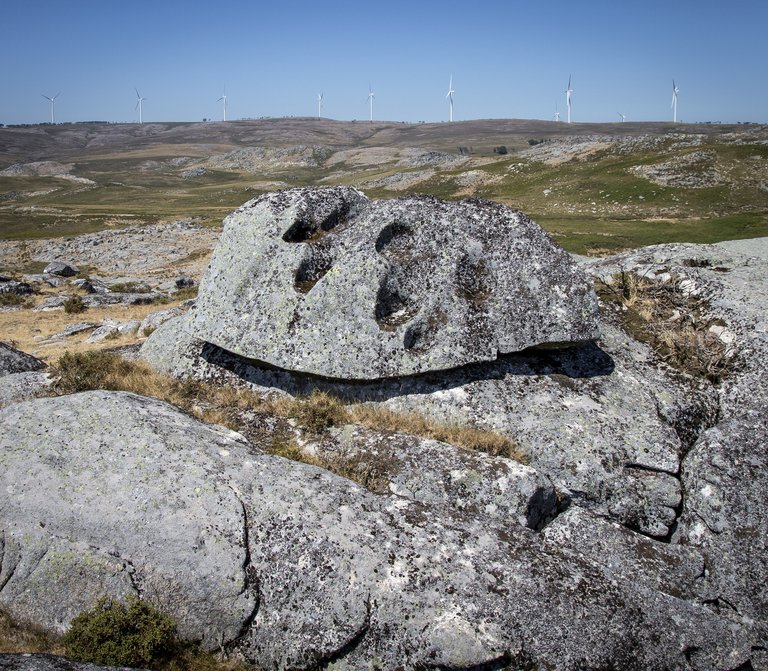
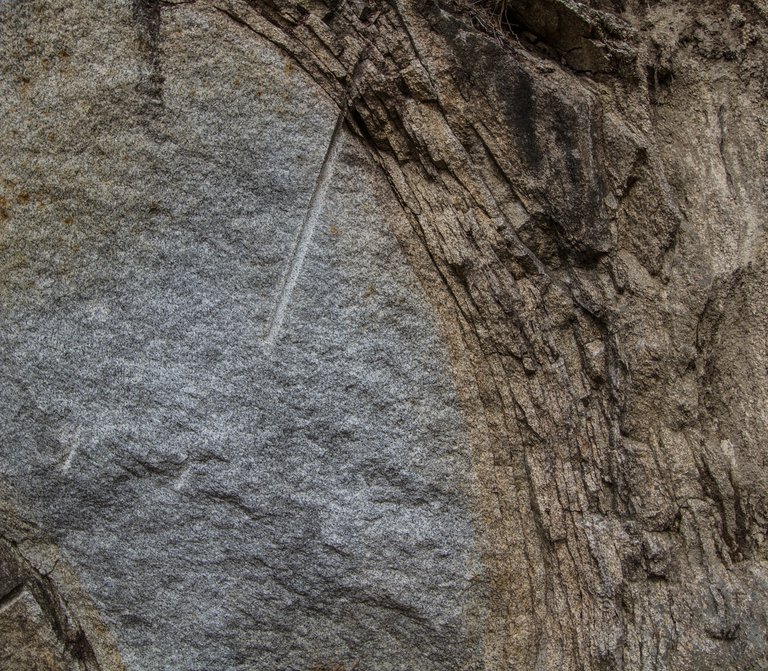
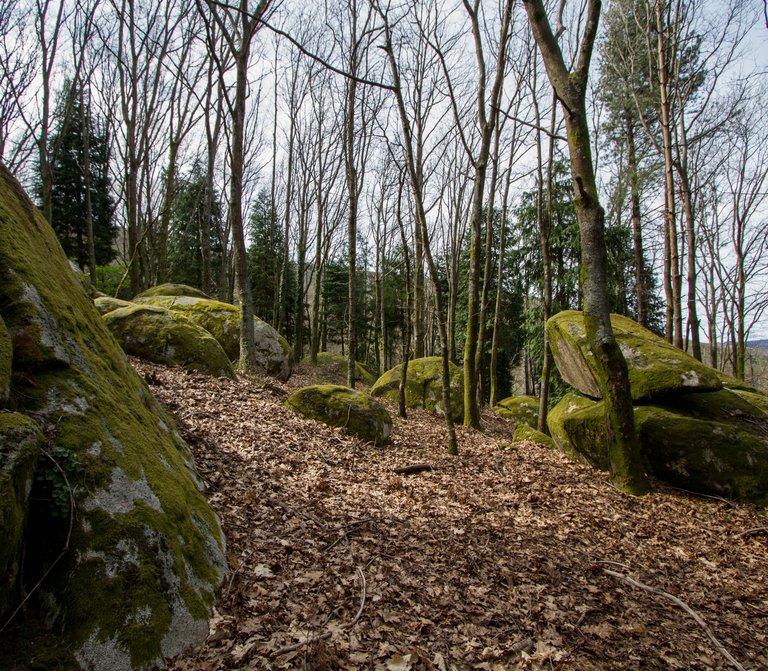
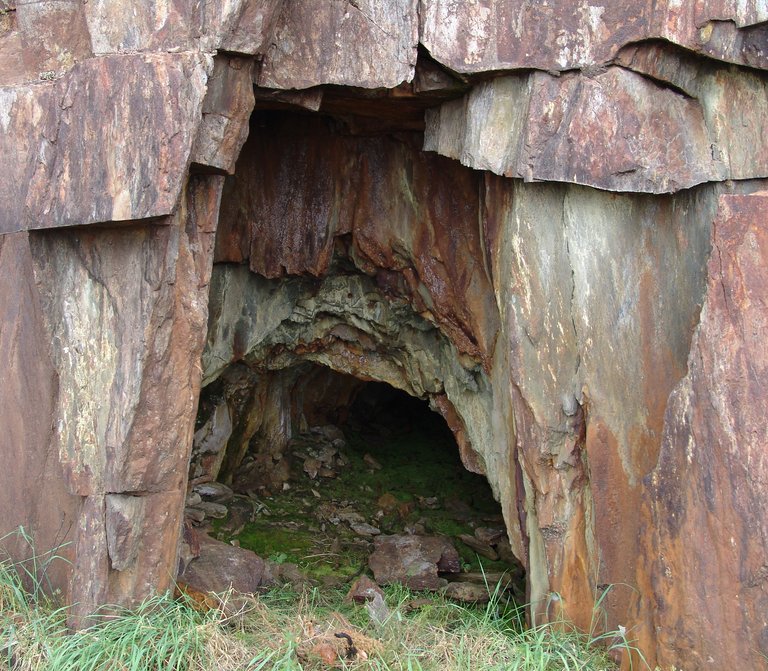
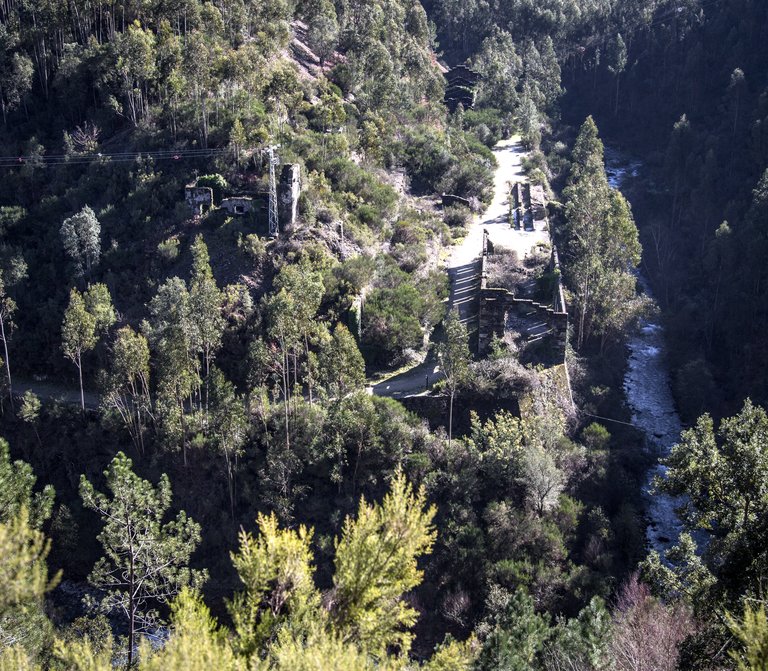
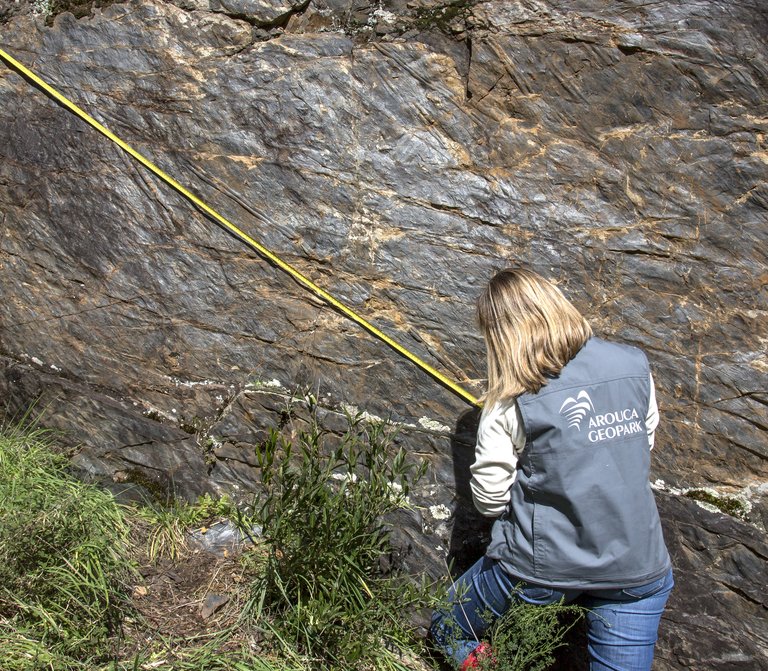
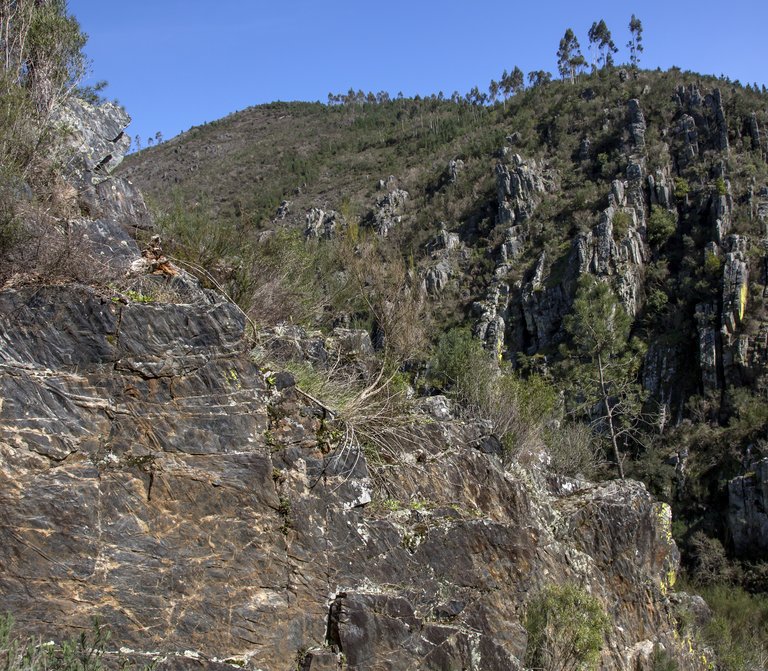
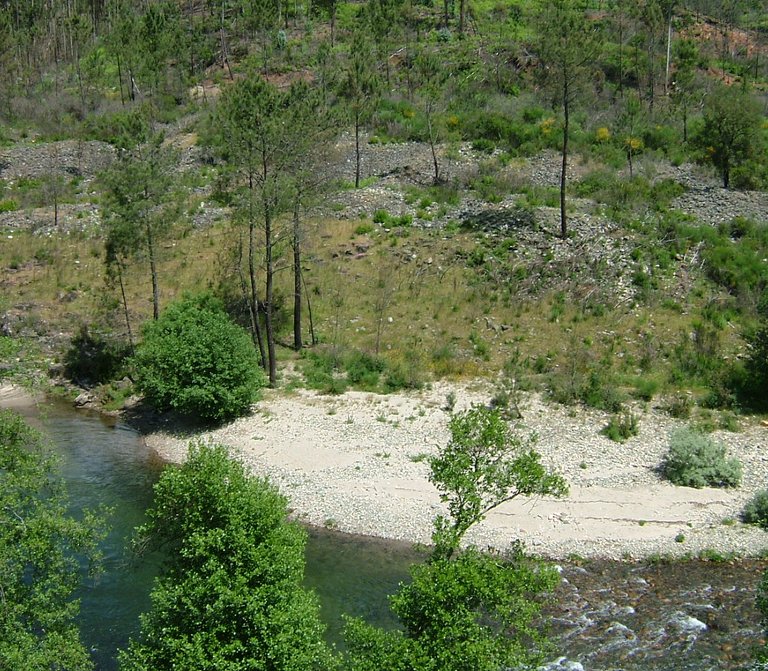
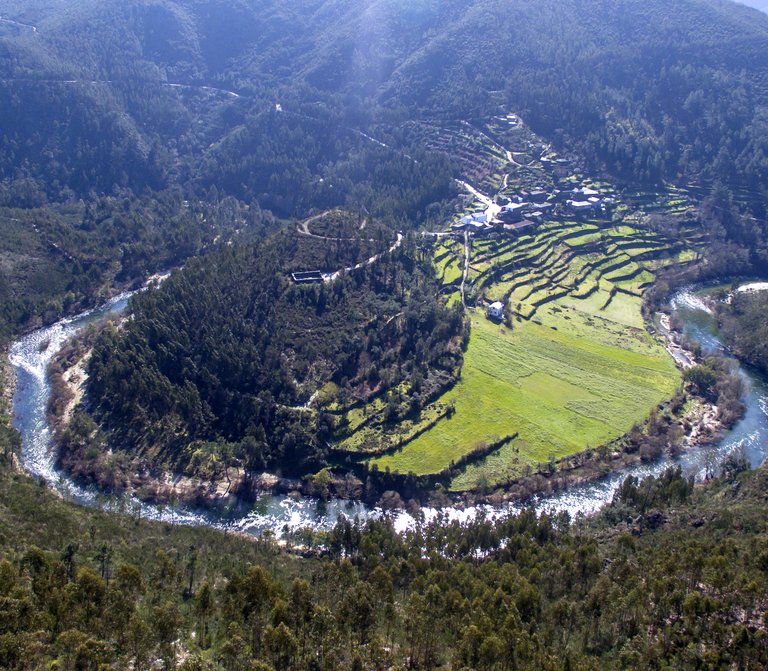
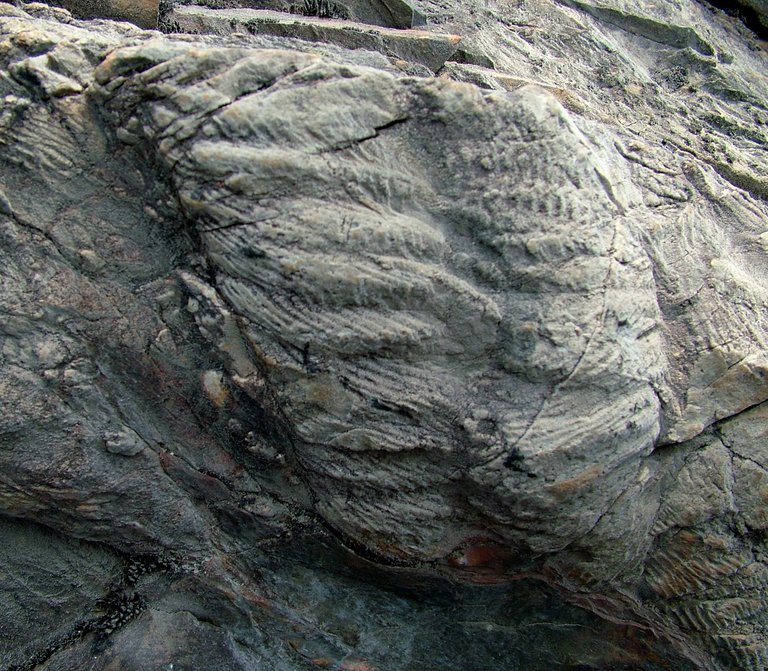
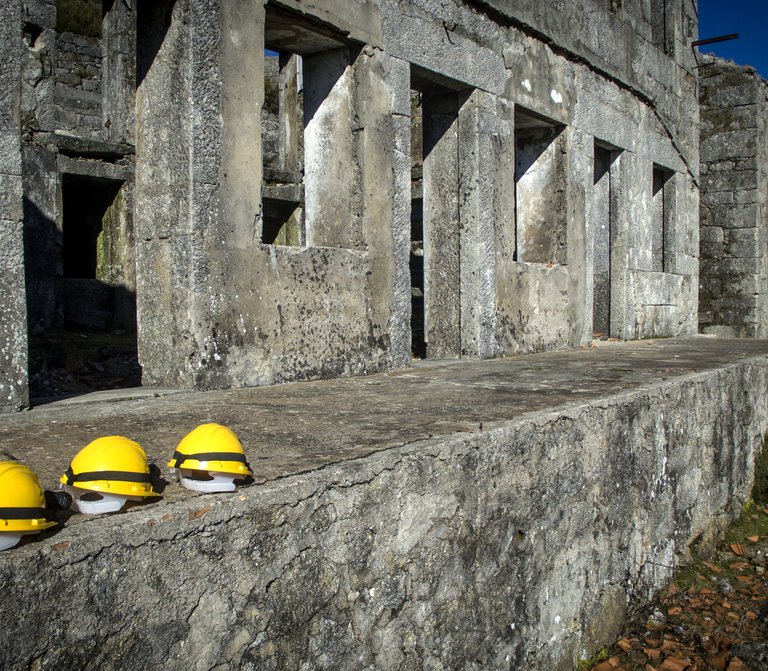
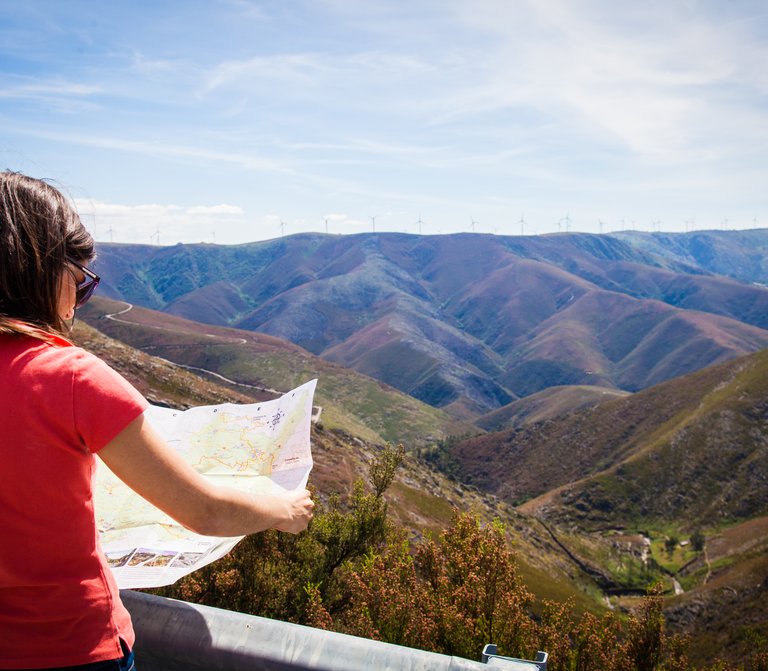
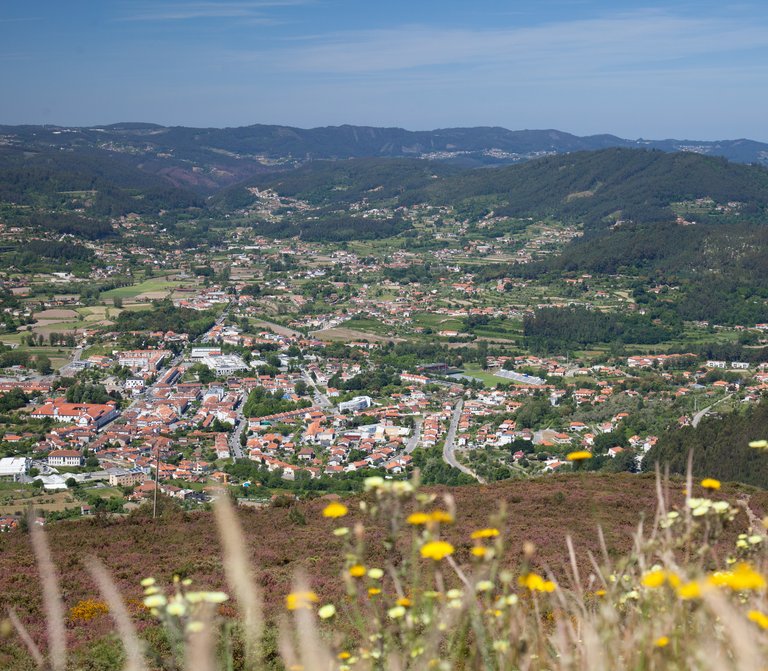
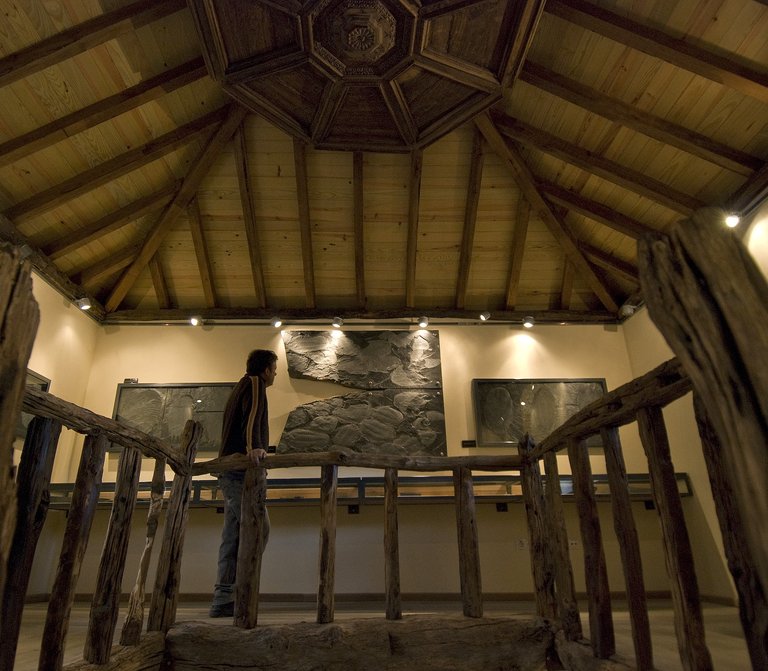
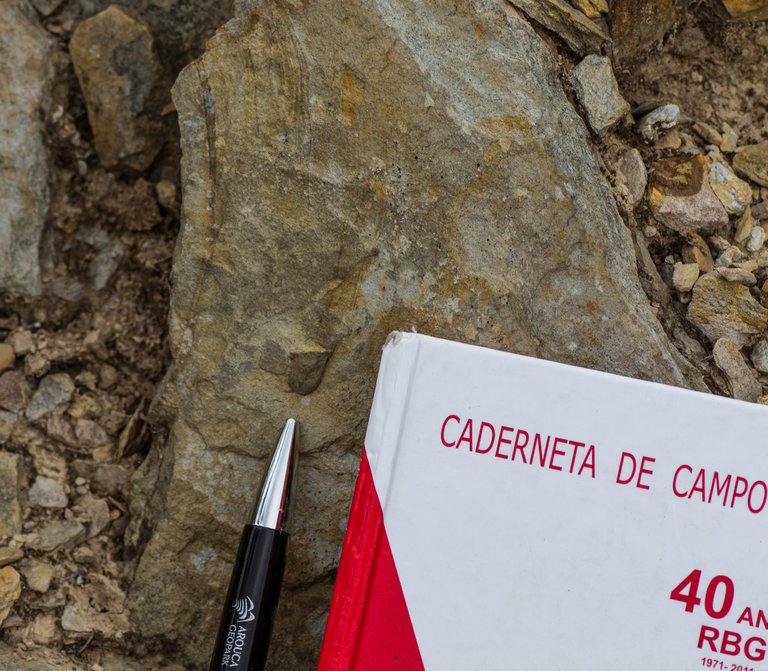
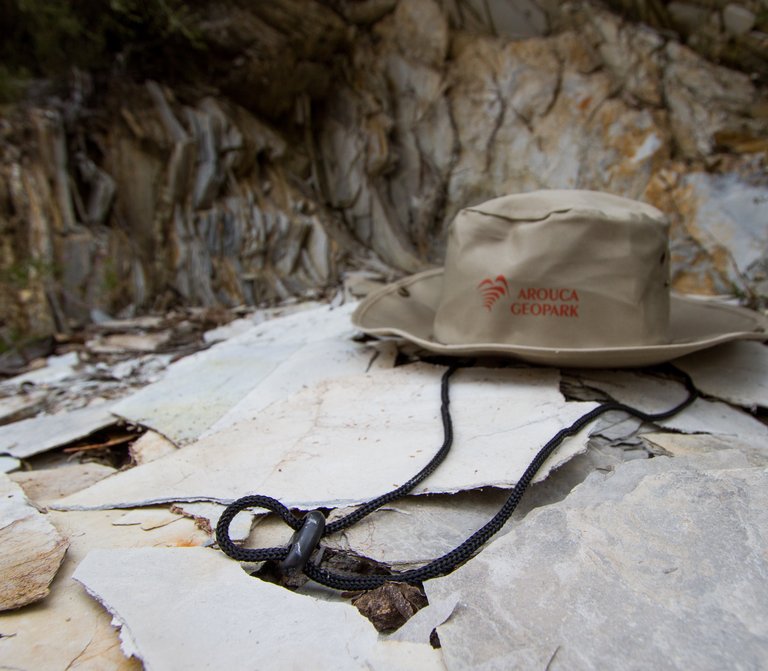
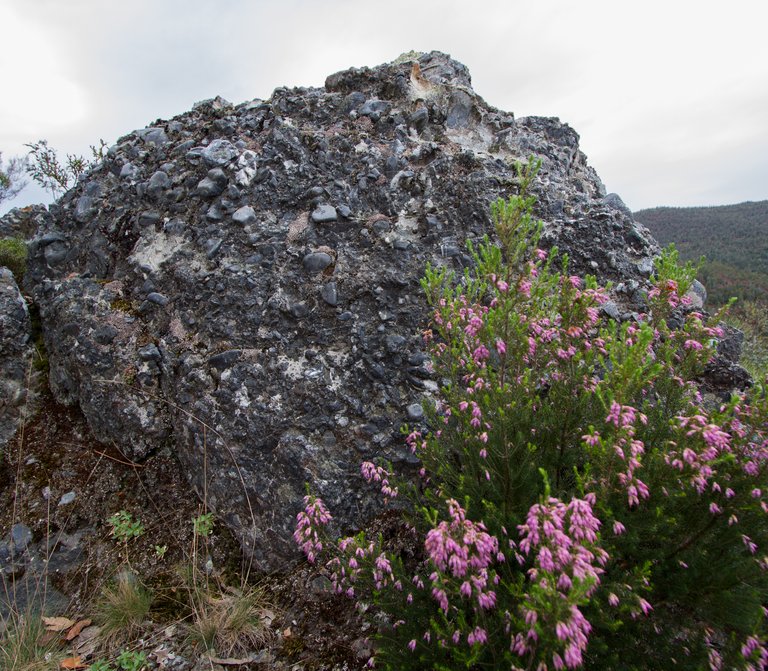
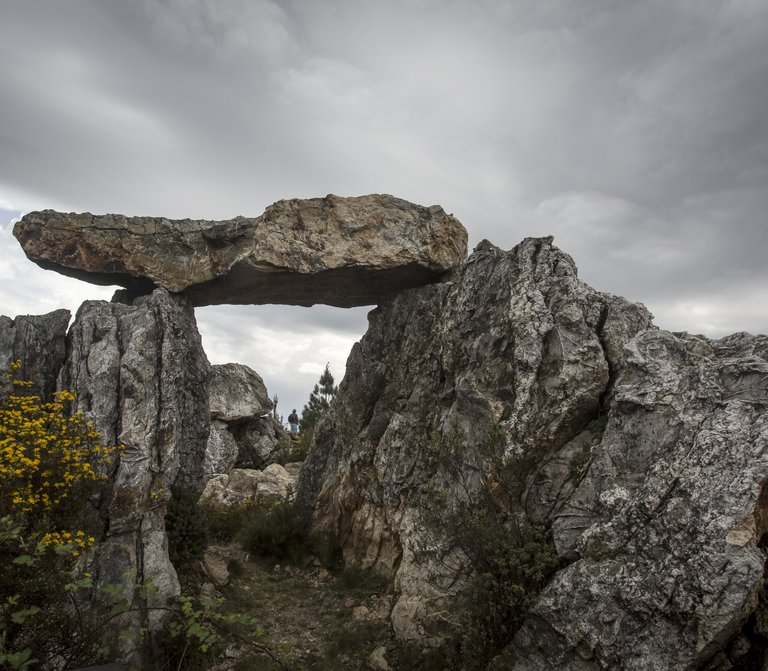
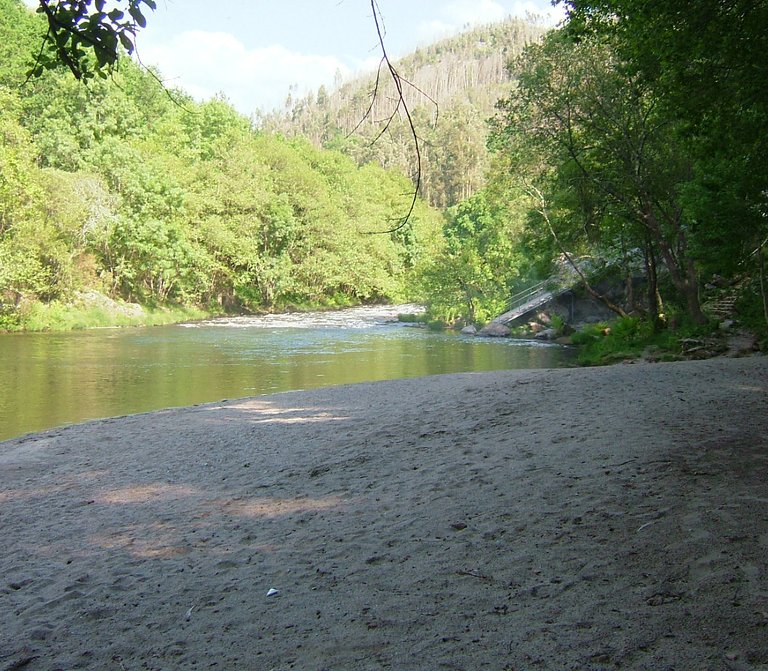
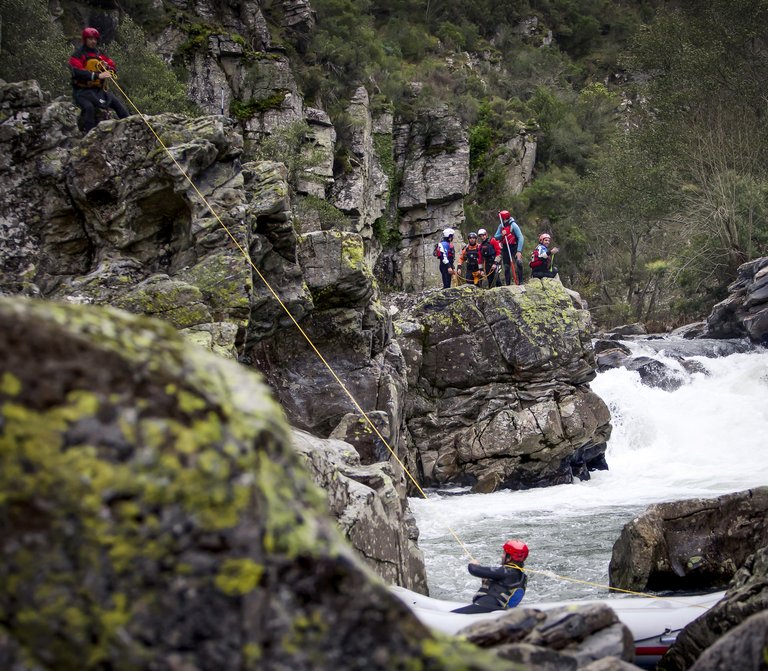
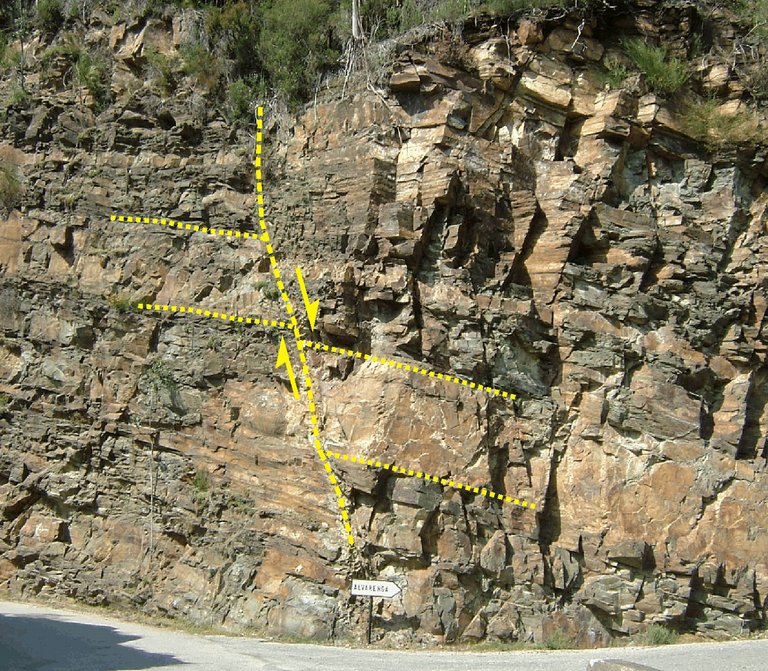
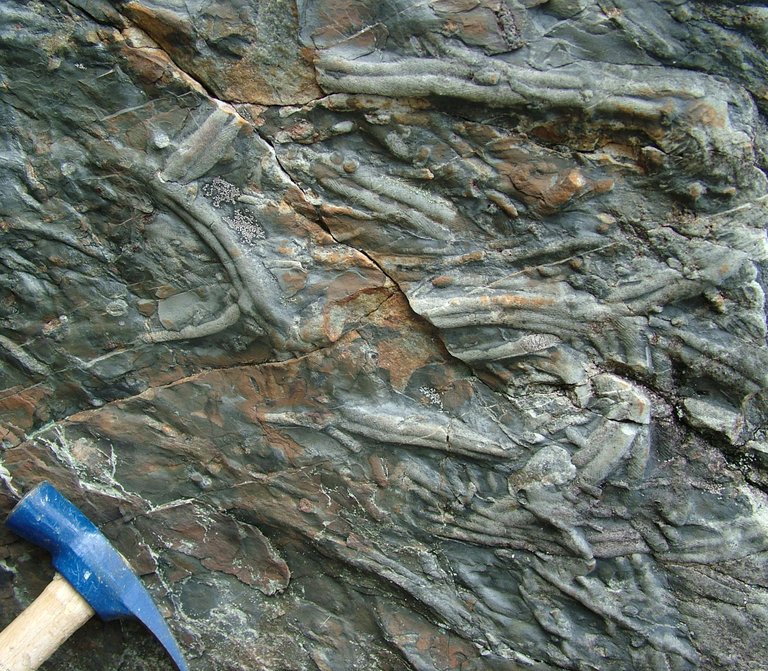
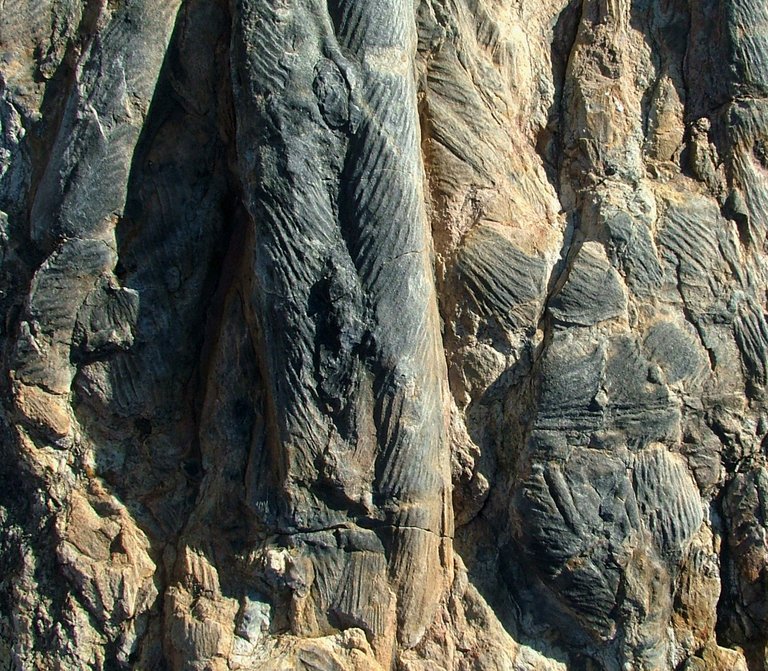
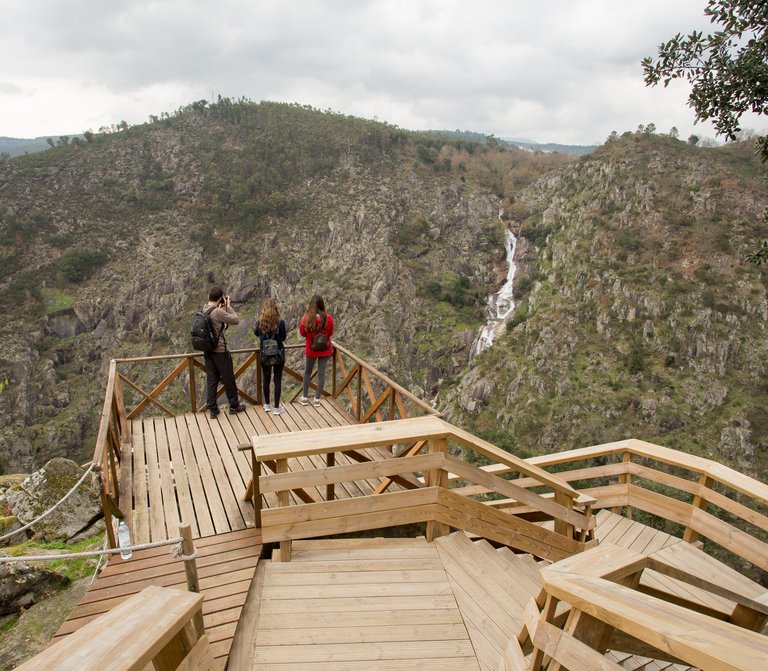
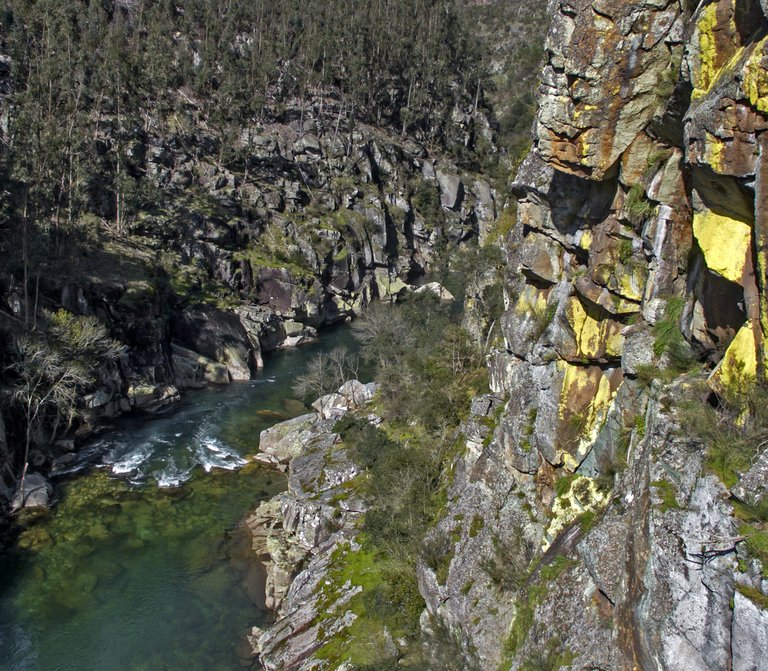
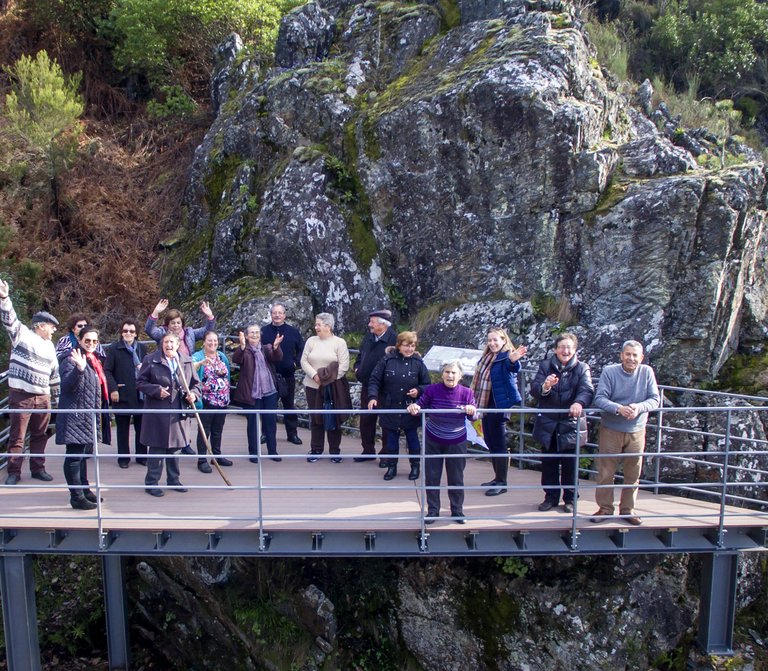
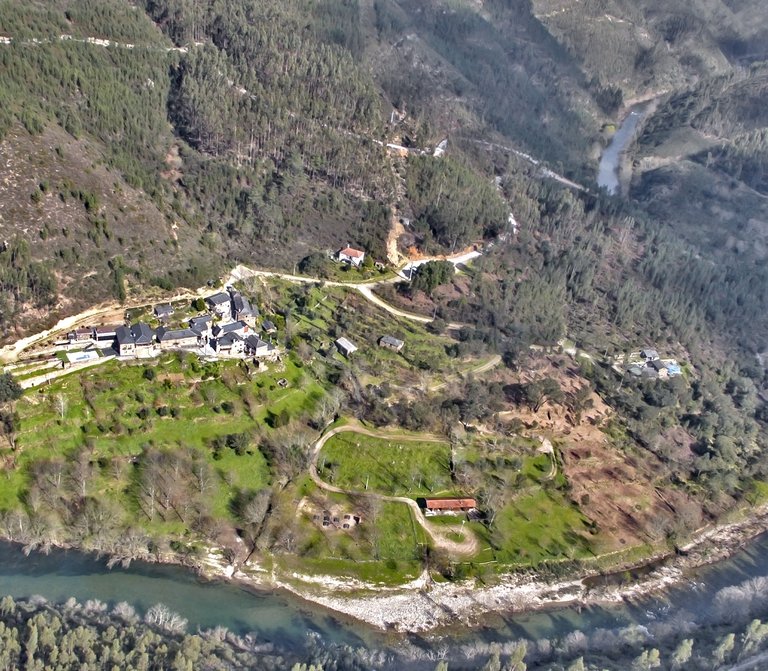
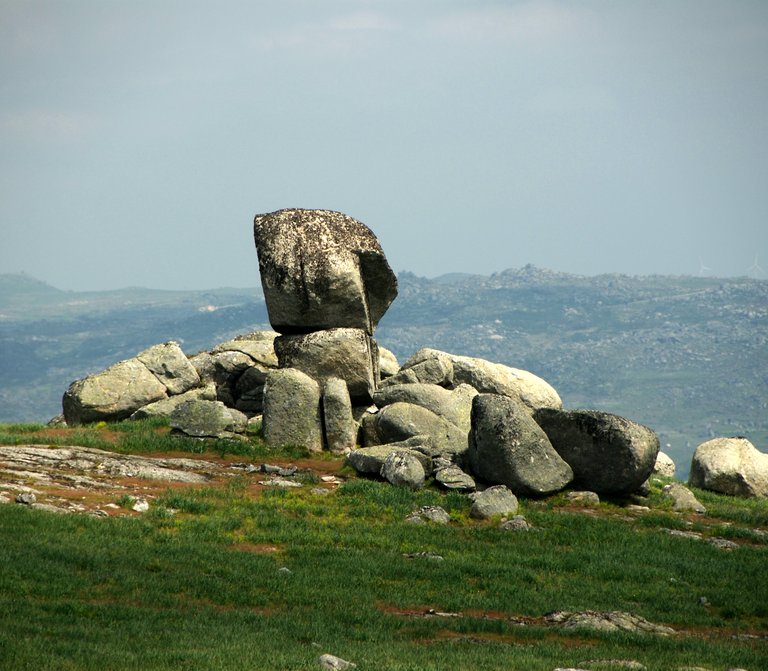
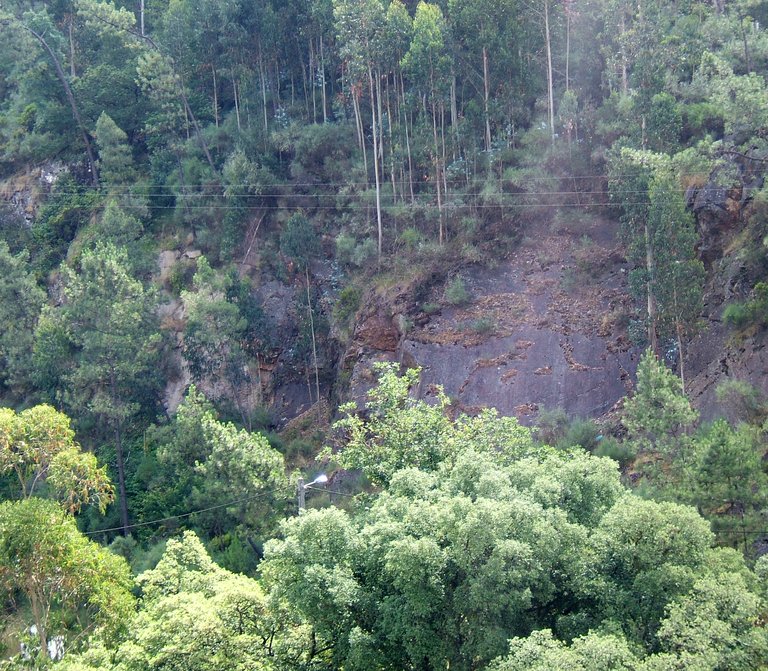
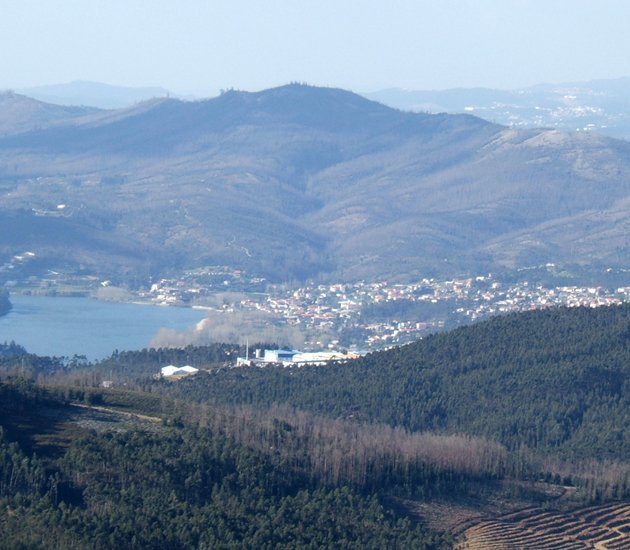
To infinity
The landscape we can observe from here is impressive. A look to the north allow you to observe the imposing Arouca valley, the Gamarão mountains, the Paiva valley, the Montemuro Mountain, the Douro valley and other mountains, such the Valongo and Gerês Mountains. As you turn your head to south, you can observe the Vouga valley, the Caramulo valley, the Mondego valley and the Estrela Mountain. And when you think you have seen everything, there’s still the sea flowing westwards, going from the Aveiro lagoon to the coastal zone of Oporto. This view is unforgettable.
In S. Pedro Velho, you’ll find a first-order triangulation station, integrated in the National Geodetic Network, dated from 1955. According to the military mapping, this landmark defines an altitude of 1077 meters, one of the highest points of the Freita Mountain. In fact, this high position is due to the fact that it is located over a residual granite relief of the Freita Mountain, a hard rock resistant to the erosion caused by the agents of external geodynamics that occur here. From this granite geoform, called by the students of geomorphology as rocky dome, it is possible to observe a 360 degree panoramic over the planed surface of the Freita Mountain, as well as over big geomorphological units that surround it and extend to the north and center of mainland Portugal. In the planed surface of the mountain, there are numerous traditional villages surrounding the landscape of the plateau (Merujal, Albergaria da Serra, Mizarela, Cabaços e Castanheira), the Senhora da Laje sanctuary, the multiple water lines that join together to form the Caima river, the Serra da Freita Wind Farm, the remaining geosites integrated in this route and other places of natural and cultural interest, identified in the present interpretative panels of the landscape.





